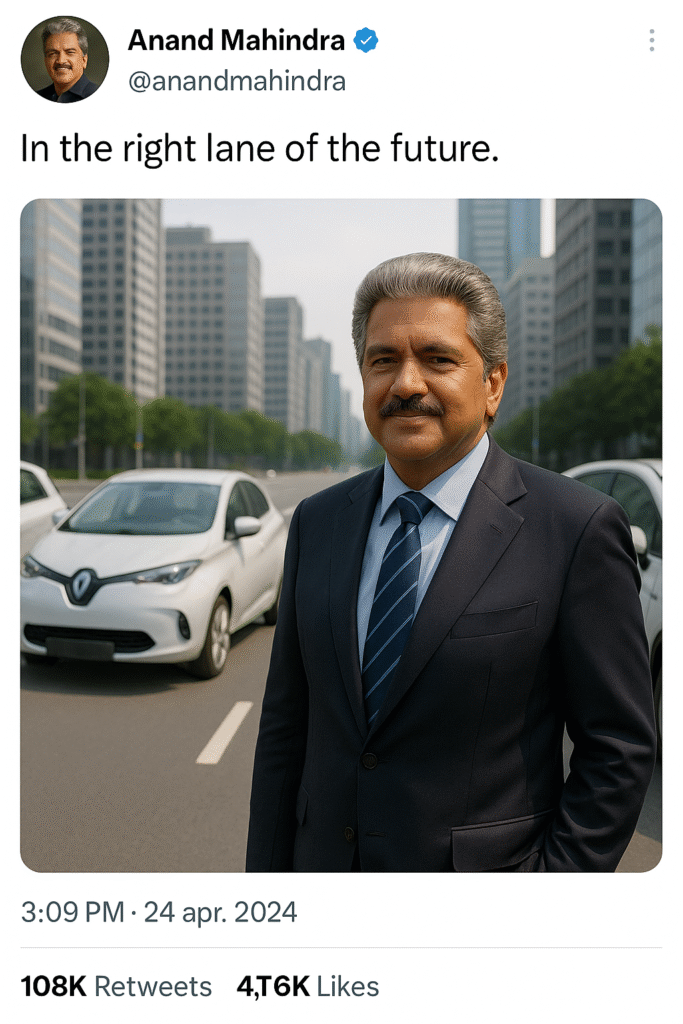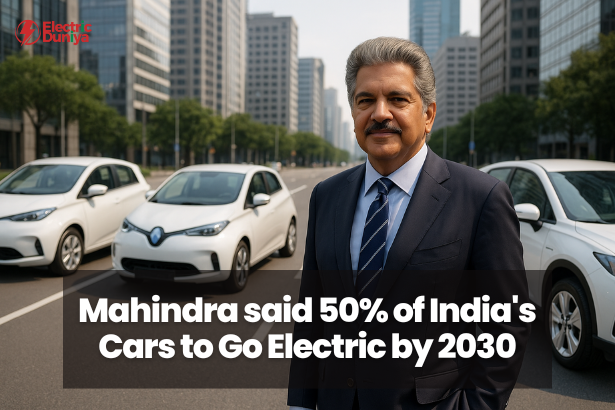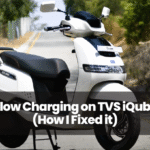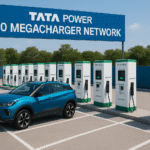Mahindra & Mahindra is taking strong steps towards revolutionizing India’s car scene, with goal of achieving 50% of India’s cars being electric by 2030.
The ambitious goal is one of the company’s bigger initiatives to spearhead the nation’s EV revolution, all while prioritizing sustainability as well as addressing the needs of the local market.
Timeline and Strategic Objectives
Mahindra has decided to establish its position strongly in the country’s EV market with plans to achieve 50% electric vehicle adoption by 2030.
Two essential parts of the company’s strategy include expanding the EV car selection, together with the introduction of BE 6 and XUV 9e models that will provide over 450 km range and super-fast charging capabilities.
This period marks the beginning of ₹12,000 crore investments by the Mahindra Group to develop electric vehicles. In order to provide more accessible and reasonably priced electric vehicles in India, the investment will accelerate research, boost production, and establish a joint venture with Skoda Auto Volkswagen.
Government Assistance and the Framework of Policies
The Indian government supports the transition to electric vehicles through both supportive tax incentives combined with funding programs, and forthcoming 2027 emission standards.
The goal of achieving 30% EV penetration by 2030 in India is a significant leap towards becoming a net-zero nation by 2070. All these policy shifts make it favorable for manufacturers such as Mahindra to put in significant money in R&D, improve production, and see to it that electric parts are locally produced, all of which are essential for achieving the targets of electrification. The stability of such policies will be instrumental in defining India’s EV future.

Market Positioning and the Competitive Environment
The EV market in India has become more competitive since VinFast entered alongside industry leaders Tata Motors and BYD, along with the local firm VinFast.
Mahindra targets the Indian market segment with rugged electric SUVs at accessible prices, while domestic customers purchase more than half of all passenger vehicles. The local driving conditions in India favor Mahindra because the company masters the requirements of local drivers who demand high clearance and large interior space.
Additionally, the company’s robust EV models, such as Thar E and Born Electric platform, ensure that thrill-seekers may experience the EV revolution without experiencing a performance decline.
Challenges and Roadblocks
Despite Mahindra’s lofty goal, there are obstacles in the way of a 50% EV adoption rate. Sparse charging infrastructure, consumer hesitancy because of worries about battery longevity and resale value, and the greater initial cost of EVs are still deterrents.
However, Mahindra is combating these by investing in domestic battery production and using economies of scale to save prices. To allay consumer concerns, the company is also looking into solutions for battery leasing and extended warranties.
India currently only has 12,000 public charging stations; increasing that number to the 1.3 million needed by 2030 would be a significant challenge for both the public and private sectors.
Consequences for Indian Customers
Indian customers will get better options and ease with the benefit of Mahindra’s electrification, particularly in the increasing SUV market.
Urban youth buyers will also find EVs more attractive if they get to have subscription-based ownership programs at their disposal.
Mahindra is blurring boundaries of sustainability and adventure through products like the Thar E, which presents consumers with a choice of availing electric driving without making any compromise.
The path to a better future will be achieved through Mahindra’s objective to convert half of India’s vehicle fleet to electric power before 2030.
The combination of strong strategic planning and public support, together with market-friendly products, enables Mahindra to lead India toward electric vehicle adoption.
The achievement of this vision depends on the combined efforts of automobile companies and government stakeholders, and end-user acceptance.







